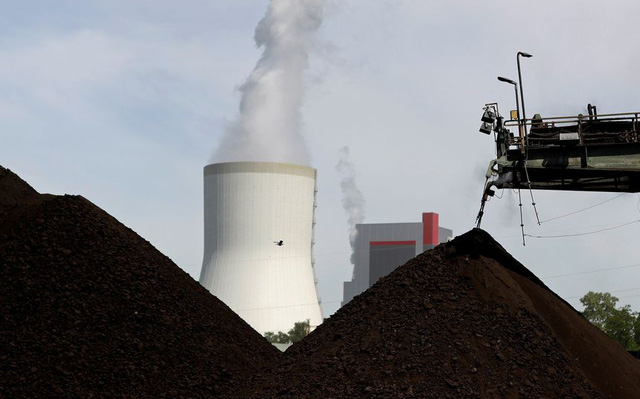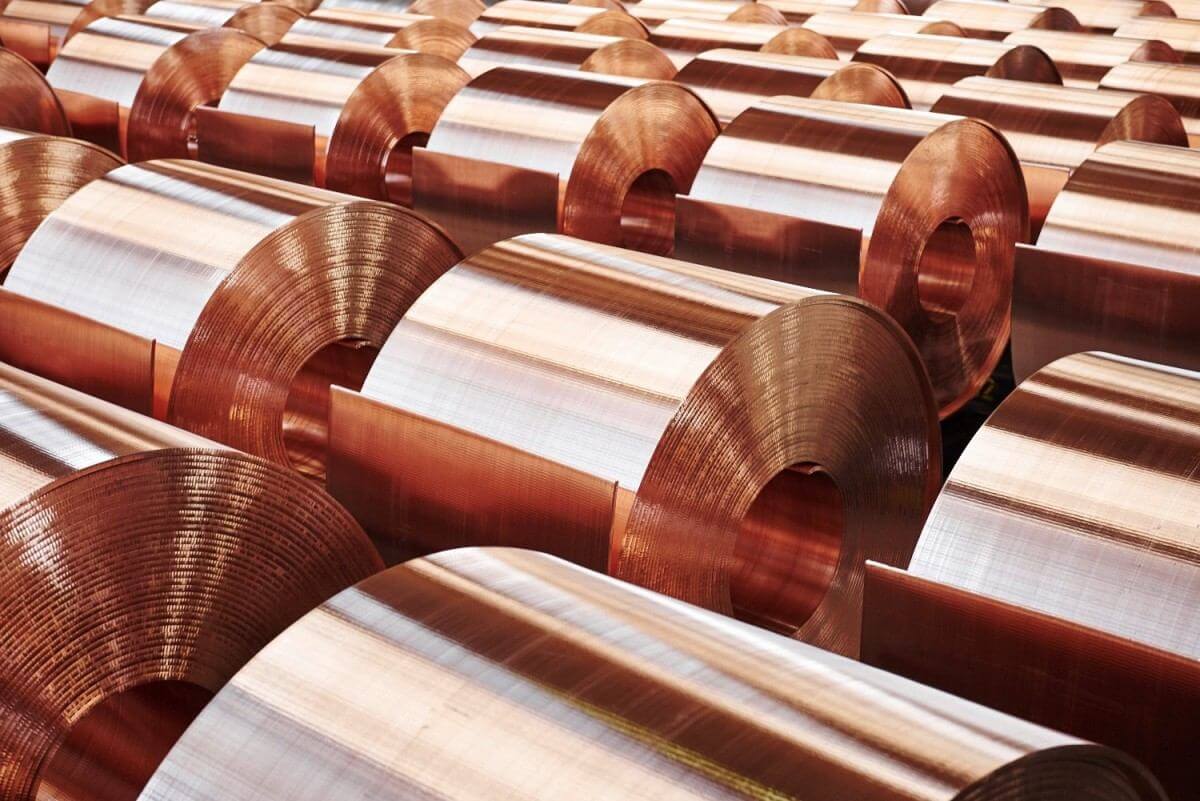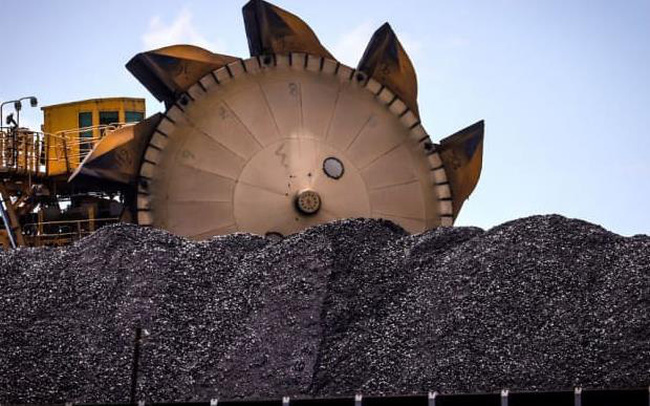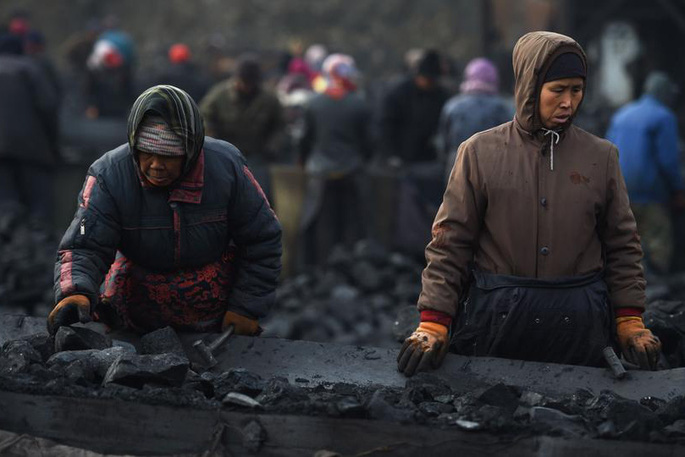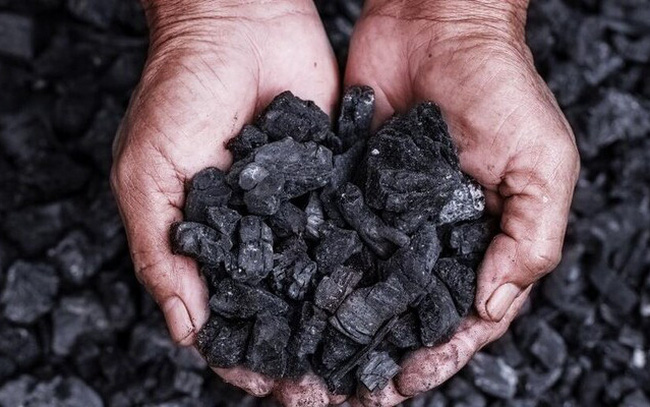Asian iron ore prices, after a sharp downward correction in the third quarter, are expected to continue to face downward pressure due to China’s policy of restricting steel output and power shortages in the fourth quarter.
In just the last three trading sessions, iron ore prices have lost about 10%, extending a decline that has lasted for weeks.
China’s iron ore prices fell to their lowest level in nearly two weeks on Wednesday as China’s demand outlook dimmed as Beijing appeared more aggressive in cutting steel output, with plans to set production control until the first quarter of 2022.
Accordingly, the price of iron ore for January 2022 on Dalian exchange – the most traded contract – on the morning of October 14, sometimes fell to 712 yuan / ton, the lowest level since September 30 and decreased. 3% compared to the close of the previous session. This contract fell 5.9% in the session of October 13 and down 0.2% in the session of October 12.
On the Singapore floor, the price of iron ore for November term on the morning of October 14 also dropped 3%, before recovering to $122.65 per tonne at noon on October 14. In the previous session, October 13, this contract fell 4.4%, and the previous session, October 12, dropped sharply by 7.4%.
Imported iron ore (62% content) for immediate delivery at China’s seaport is currently $106.5/ton, down 46% from the record high in mid-May.
Contrary to iron ore, steel prices increased due to the possibility that the supply of steel of all kinds will be tightened further. Rebar – used in construction – traded on the Shanghai floor on the morning of October 14, up 0.3% compared to 5,421 yuan/ton of the previous session; Hot rolled coil increased 0.5% from the previous session, while stainless steel increased 0.9%.
Price volatility of steel industry raw materials in China.
The Chinese government’s further curbs on steel production to ensure clean air are weighing on iron ore market sentiment, which has been spooked by fears of widespread weakness in the property market. China after the crisis of real estate group China Evergrande Group and the worsening energy crisis.
The Chinese government has asked more steel mills in the North of the country to cut output between November 15, 2021 and March 15, 2022 to dispel environmental pollution, make the sky clear. green and ensure to achieve the goal of reducing steel production of the whole country.
In a notice released on October 13, China’s Ministry of Industry and Environment said that steel mills need to keep the plan to cut output for the rest of this year to ensure output is not more. last year. In the first eight months of the year, China produced 733.02 million tons of steel, up 5.3% year-on-year.
The ministry also requires that from January 1 to March 15, 2022, factories will cut output by no less than 30% of steel output compared to the same period in 2021.
The order will apply to steel mills in an anti-pollution campaign focused on 28 cities in the capital Beijing and surrounding areas, as well as eight other cities in Shandong and Hebei – areas accounting for more than 40% of China’s total crude steel production in 2020, according to data from the country’s National Bureau of Statistics.
The world’s largest steel-producing country has pledged to limit crude steel output this year to no more than the 1.065 billion tonnes it produced in 2020 to fulfill its pledge to limit the development of sectors. high-polluting and energy-intensive sectors, including steel, to meet emissions targets.
Steel mills in the region, especially those that produce steel using blast furnace technology, will be ordered to cut output based on their emissions levels. Although mills using electric arc furnaces can take voluntary measures to reduce emissions, they still have to ensure their steel output is not higher than in the same period last year.
“Local governments are required to fulfill their duties by providing economic support measures (for companies),” the environment ministry’s announcement said. Accordingly, local governments are responsible for ensuring that production facilities that are required to close are closed and that production cuts are enforced.
Meanwhile, the Ministry of Environment also plans to include more cities in the winter air pollution campaign in 2021, following the Winter Olympics in Beijing and the festival in Zhangjiakou city. ) in early February 2022.
Citi analysts said China’s target to reduce steel output in the first quarter of 2022 was “more drastic than market expectations”. Accordingly: “If we assume that other places in China (besides Beijing and Hebei province adjacent to the capital) keep steel production unchanged, then national steel production in the first quarter of 2012 will decrease by 12% compared to that of the capital. compared with the same period last year, after having grown by 5% in the first 8 months of 2021 and decreased by 9% in the period of September-December 2021 (year-on-year).

China’s monthly crude steel output is decreasing.
Meanwhile, Chinese property developers face payment deadlines before the end of the year, and China Evergrande Group’s condition worsens, raising fears of a financial crisis. The crisis spread in the housing sector, which accounts for about a quarter of China’s steel demand.
The above problems, along with the global energy crisis, the demand for iron ore may recover overnight. The downward trend in iron ore prices is expected to continue.
T&G International Joint Stock Company
Address: 352 Hue Street, Le Dai Hanh Ward, Hai Ba Trung District, Hanoi
Hotline: 0345786803
Email: hrm@tginterjsc.com
Website: http://tginternationaljsc.com






